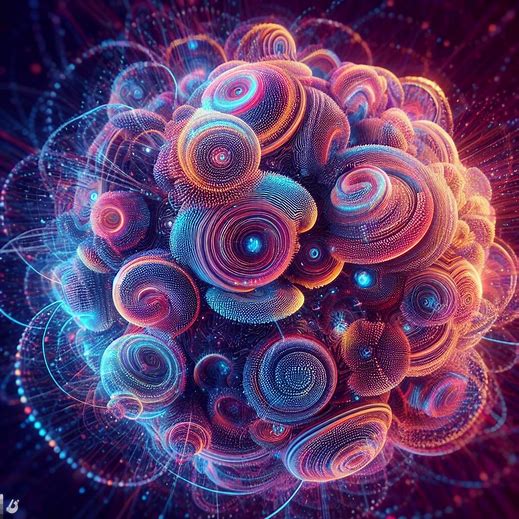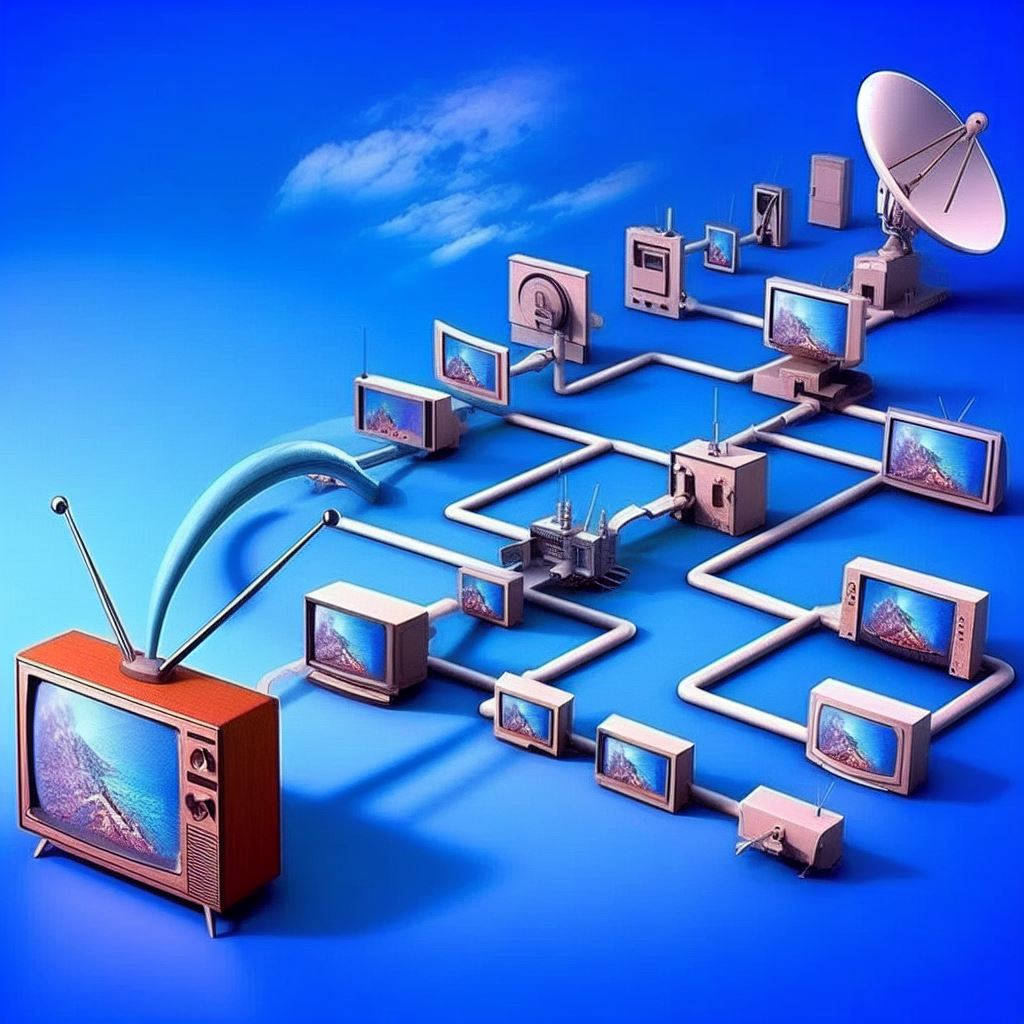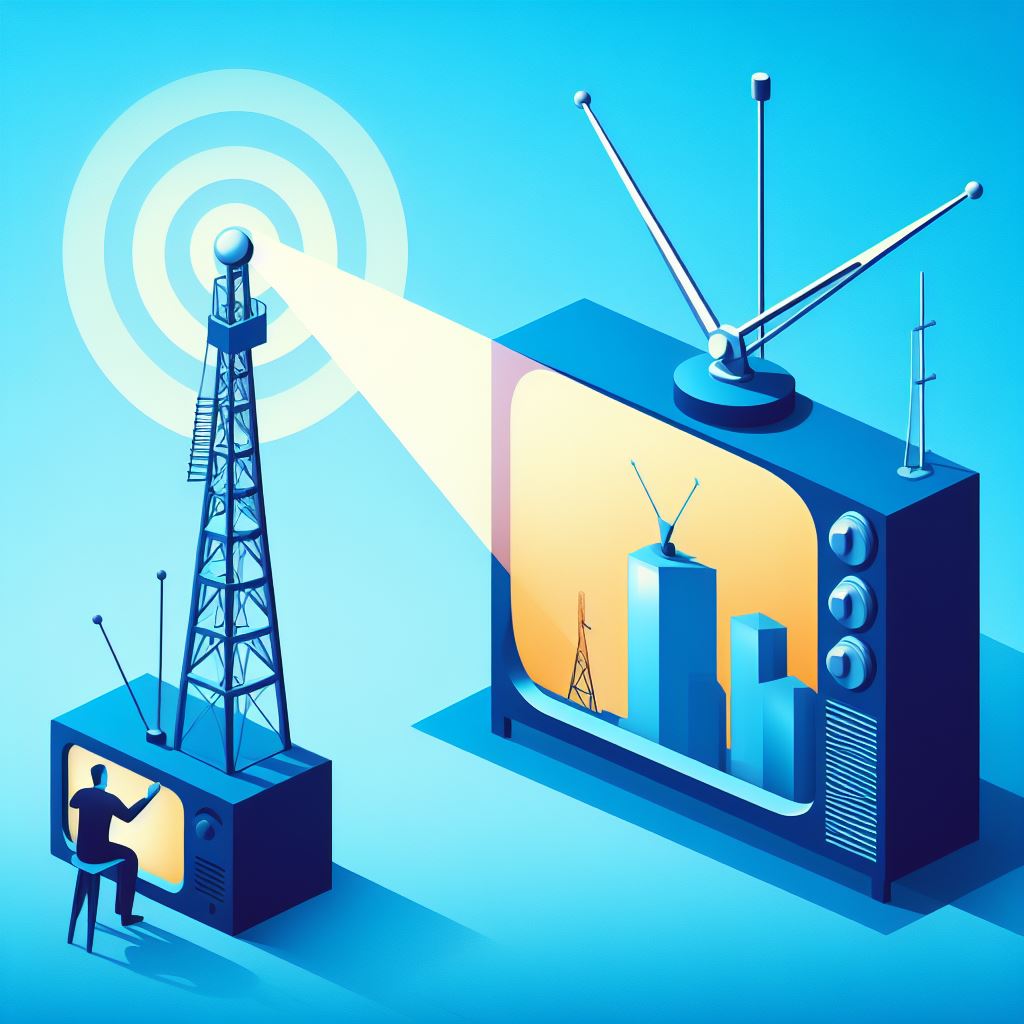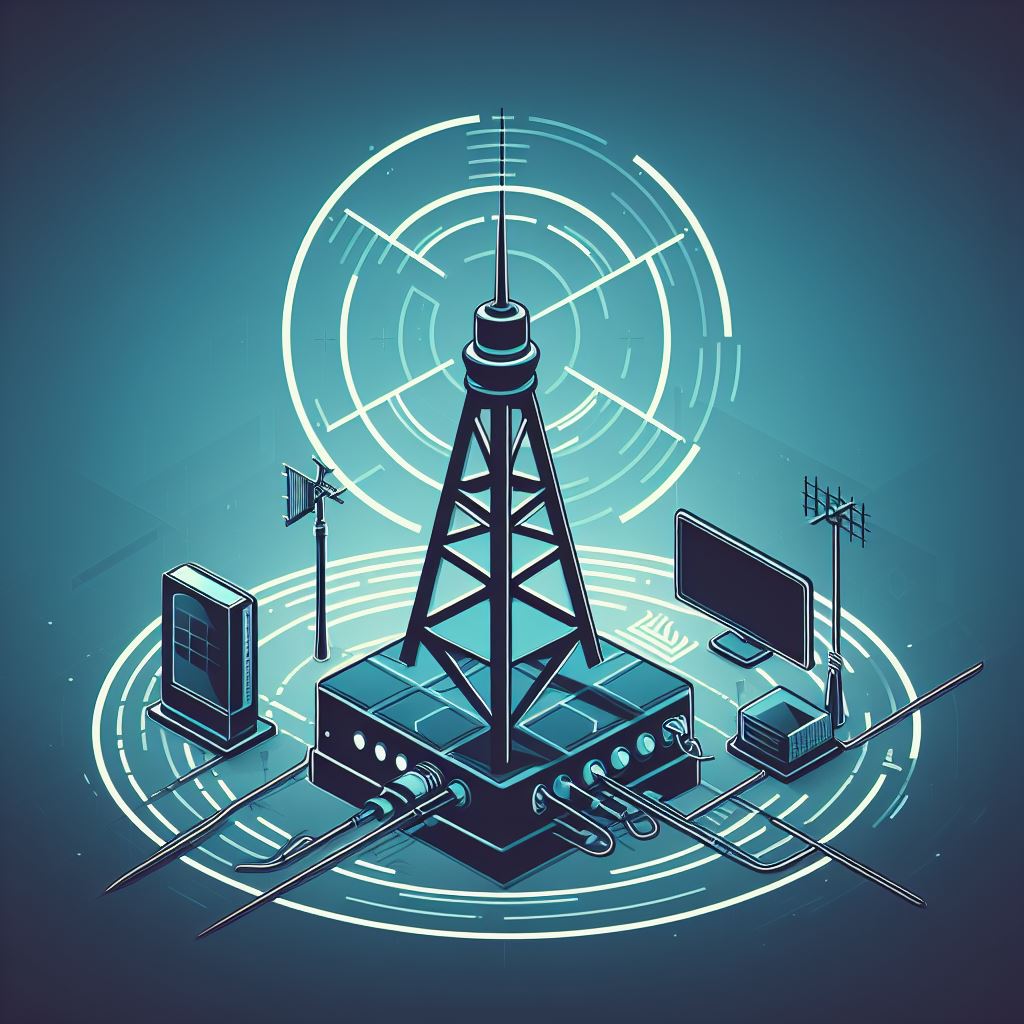The Truth - Illusion of Matter

For a long time, people have been confused by two illusions, one about "matter" and the other about "consciousness". These two illusions are like thick fog that blinds people's eyes, making it impossible for them to see the truth of the world, and unknowingly sinking into endless terror and darkness.
To make it easier to understand, let's start with the principle of a television set. Traditional televisions generally work by television stations transmitting radio waves, which excite the antenna of the television set to produce electric currents. These currents are then processed by various internal components of the television set to control the display screen to emit light. In other words, this process is roughly composed of radio waves, antenna, electric currents, components, display screen, and light.

Clearly, these six elements are all different. Radio waves are invisible electromagnetic waves; television antennas are usually two metal tubes; electric current is the flow of electrons in conductors; components are image processing units composed of various circuits; the display screen is a fluorescent or liquid crystal screen; and light is visible electromagnetic waves. They are all completely different things.
Although the changes in light on the display screen are determined by radio waves, people cannot discern any information about the radio waves, antenna, electric currents, components, or the display screen itself solely from the light emitted by the display screen.
Why is that? Because radio waves do not enter the television set; they only interact with the antenna, exciting the current in the antenna as a new phenomenon. The current is neither the radio wave itself nor the television set itself. Thus, people cannot know anything about radio waves or antennas from the current alone.
Similarly, the current processed by the components does not directly fly out of the display screen. It interacts with the display screen to create light as a new phenomenon. Light is not the current itself, nor is it the display screen itself; it is a completely new phenomenon. Therefore, people cannot solely discern any information about the display screen or current from the light, let alone about the radio waves and antennas.

In essence, radio waves (A) and antennas (B) generate electric currents (C), and their relationship is not A+B=A or B, nor A+B=AB; it is A+B=C. The current (C) is a phenomenon completely different from radio waves (A) and antennas (B).
If the result were A or B or AB, people could somewhat infer the rough appearance of A or B from the result. However, the result is the current (C), which is a completely different phenomenon. Therefore, people cannot know anything about the real appearance of radio waves (A) or antennas (B) solely from the current (C).
The relationship between the current (C) and the display screen (D) generating light (E) is similar. Hence, people cannot solely discern any information about the current (C) and the display screen (D) from the light (E), let alone about the radio waves (A) and antennas (B).
This principle is evident because when people watch TV, they are not seeing the appearance of radio waves, antennas, electric currents, or wires.
Our vision is very similar to the principle of a television set mentioned earlier. The eye is like an antenna. When light from a light source or reflected by an object reaches our eyes, it reacts with the photoreceptor cells in our eyes, generating a biological current in the visual nerves. After processing in the brain, this current produces vision in our minds. This process roughly consists of light, eyes, biological current, brain, and vision.
These five elements are also different. Light is visible electromagnetic waves; the eye is a body tissue composed of eyeballs, blood vessels, nerves, etc.; biological current is the current caused by the cellular electric potential and polarity changes in the body; the brain generally refers to the brain and spinal cord; and vision is a form of consciousness. They are all completely different things.
Similar to how radio waves and antennas generate electric currents, light does not enter the body but interacts with the photoreceptor cells in the eyes to excite biological currents. The biological current is neither light nor the eye; it is a completely new phenomenon. Similarly, solely from the biological current, we cannot know anything about light and the eyes' real appearance.
When the biological current processed by the brain generates vision, vision is not the biological current or the brain; it is a completely different consciousness phenomenon. We also cannot solely discern any information about the biological current and the brain from vision. This is evident because what we see is never the appearance of the biological current inside the body or the brain, right?

Following the previous reasoning, we are even less able to solely discern any information about light and the eyes' real appearance from vision. The problem lies here: people do not think that the light emitted on the display screen is the real appearance of the radio waves or the television set, but they mistakenly believe that what our vision reflects is the real appearance of light. In fact, just like what is displayed on a TV screen is not radio waves or antennas, but just light itself, our perception of what we "see" is actually only the visual itself, not the light or the appearance of the eyes. Although vision is produced by the interaction of light and the eyes, regardless of what light and eyes actually look like, from the perspective of vision alone, we cannot know anything about their true appearance.
In addition to vision, we also have hearing, smell, taste, and touch. The principles of these four consciousnesses are the same. When the ears interact with sound, the nose with scent, the tongue with taste, and the body with objects, bioelectric currents are generated. These bioelectric currents pass through the brain to produce hearing, smell, taste, and touch.
Similarly, we cannot know the true appearance of the senses and the objects they come into contact with just from these consciousnesses. What we know is actually just hearing, smell, taste, and touch themselves, and these consciousnesses only reflect the consciousness itself, not the true appearance of the senses or objects.
Just like fuel and oxygen burning to produce flames, regardless of what the fuel and oxygen look like, people cannot know anything about the true appearance of the fuel or oxygen just from the flames. What the flames reflect is actually just the appearance of the flames themselves.
However, people always believe that what they usually know is the true appearance of matter, which is actually an illusion about matter. But for ordinary people, even if they understand the principles mentioned above, it is difficult to accept because if it is really like this, it will cause confusion and lead to doubts about whether the world is virtual or real.
The reason is that people also have another illusion, that is, an illusion about consciousness. It is precisely because of the illusion about consciousness that makes people's illusion about matter seem very reasonable. So, what is the illusion about consciousness? (To be continued...)